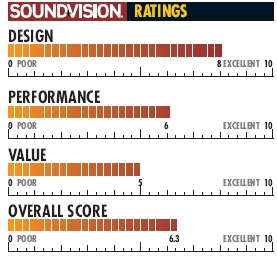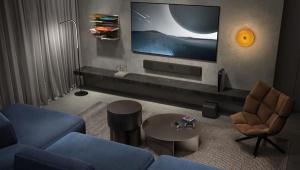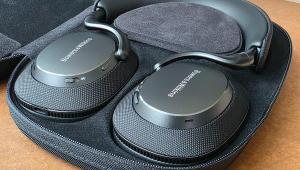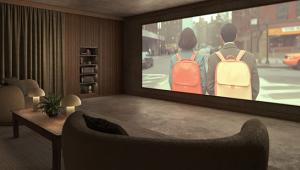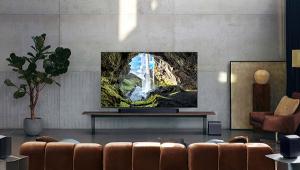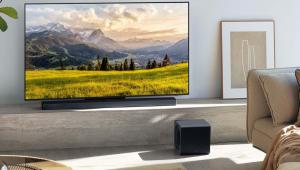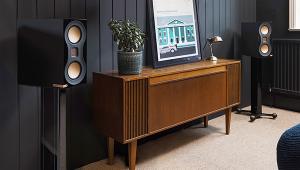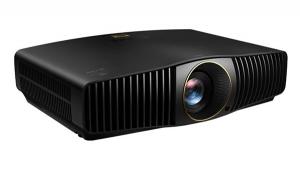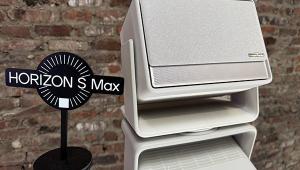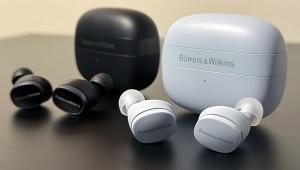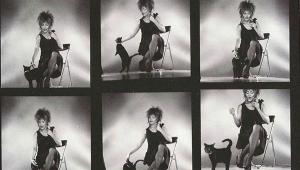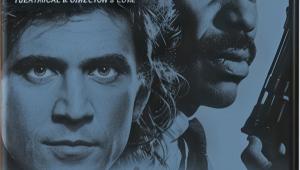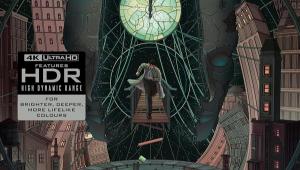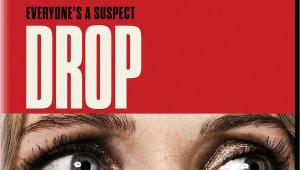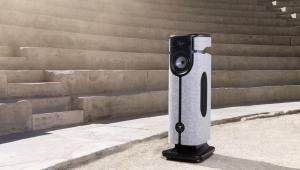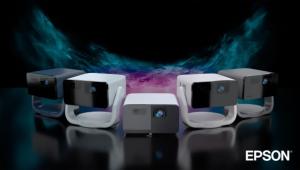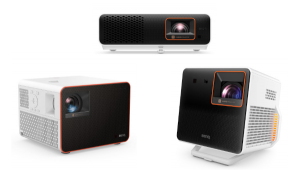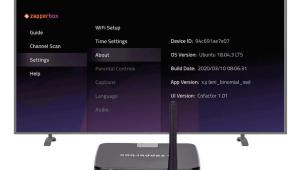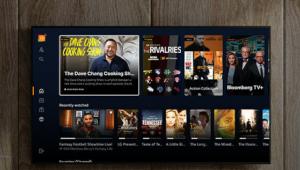Acoustic Energy Radiance 1 Page 2
MUSIC & MOVIE PERFORMANCE
After leaving the whole kit to run in a bit, spooling a varied playlist for a day and a night at moderate volume, I settled in for some full-range stereo listening with just the front pair. I was immediately struck by the Radiance 1's unexpected bass output: Small they may be, but the little AEs appeared to produce solid output to 50 Hz and below, making them eminently usable in the classic stereo minimonitor function that their heritage suggests. Musical balance was warm yet accurate, with just a touch of fullness on bass lines and a trace of extra body to certain male voices. Vocals in general were sumptuously delivered, even on audiophilegrade productions such as Diane Schuur's brassy alto on the GRP direct-to-digital classic Diane Schuur/Count Basie Orchestra. On tracks like the driving "Deedles' Blues" (her signature), Schuur's powerful voice was rich with nuance, round with dynamic punch, and unencumbered by any coloration beyond the barest hint of forwardness. And the bass! This is a slammin' big-band session, with powerful, amplified stand-up bass driving the band, yet the Radiance 1s conveyed the bottom octaves with nice definition.
The Radiance 1's treble, which I found to be perfectly perched between relaxed and pushy - it sounded bright and airy but not dominatingly so - allowed the Basie band's horn stabs and drum accents to cut with appropriate impact and convincing depth. Clearly, Acoustic Energy's unusual tweeter arrangement works very well, but I did find the zone of its optimal coverage limited to about 20º horizontal and vertical. Indeed, I found it critical during setup that the Radiance tweeters be within a foot or so of seated ear-level to deliver their best sound. This makes for a fairly tight sweet spot, but one that's also perfectly adequate for two or three listeners in a typical seating layout.
The same thing carried over for multichannel listening via the Radiance Centre, which employs the same drivers. As a result, center-channel sparkle, or treble "air," was best for those in the prime seats - say, two or three across on a sofa. On the other hand, center-channel midrange consistency, particularly on voices, was much better than average, even when I was seated well off-axis.
The pair of Radiance 1s in the surround positions performed adequately with movie soundtracks; they were neither much better nor much worse here than most other good-quality small two-ways. Aimed slightly rearward to bounce off side and rear walls - something I always do with such models - they delivered good ambience and only occasionally announced their presence. For example, panning effects such as hooves clicking on stones on the western Appaloosa sounded distinctly off-screen-and-behind. With my everyday dipole surrounds, that effect sounds rather more amorphously ambient. And the stark piano notes at the start of Chapter 25, which are meant to emanate from both everywhere and nowhere at once (it's a thoughtful moment), were more distinctly weighted toward the rear channels than I suspect the sound designer had in mind.
Last and lowest - though hardly least - the Radiance Subwoofer surprised me a good deal given its modest size and means. The woofer performed very well right down into the lowest octave of sound, and played a good tick louder than I'd have expected before encountering its limits. At typical family-movie volume settings and more, it very nearly equaled my everyday sub - a model with a 12-inch driver that costs twice as much - in both depth and power.
Listening at legitimate big-cinema levels - THX-reference or a few volume clicks higher - evidenced the Radiance sub's shortfalls, but these were made overt (through audible limiting and a muted "clack" on extreme excursions) only when I turned off the other channels and listened to the sub solo during testing.
While the Radiance system played plenty loud for me via my 150-wattsper-channel amp, high-volume action movie devotees, especially those with medium- to large-size rooms, may find that the AE suite grows a trifle strained at the highest settings. But average listeners will find that it offers plenty of power handling and acoustic output.
The sub's musical performance was above reproach. I listened to several of my favorite multichannel SACDs and heard real extension, a solid but unexaggerated 40- to 80-Hz range, and quick, musical system sound - the AE Radiance 1 and Sub seem well matched. Confirmed cinema buffs, especially those with generous-size rooms, may desire a bit more woof, but most others should be happy.
BOTTOM LINE
With its Radiance clan, Acoustic Energy has created a very capable speaker suite. The Radiance 1's musicality will appeal to those who favor purist stereo-only listening unencumbered by subwoofers or surround processing, yet the full system sounds great with multichannel recordings and movies. Areas where the system comes up short include a relatively tight treble sweet spot, and somewhat less refined sound during high-volume playback. It's also not cheap, and those shopping for a more commoditized solution will find plenty to choose from a step or two down in the food chain. But those intrigued by AE's heritage and design should definitely give it a listen.
